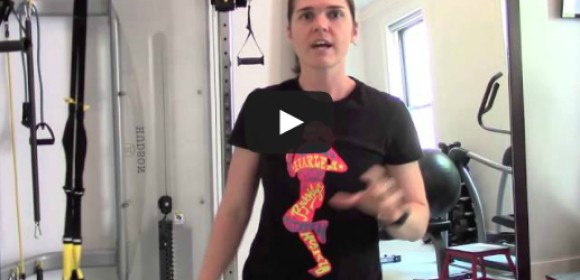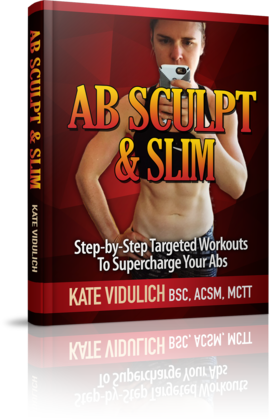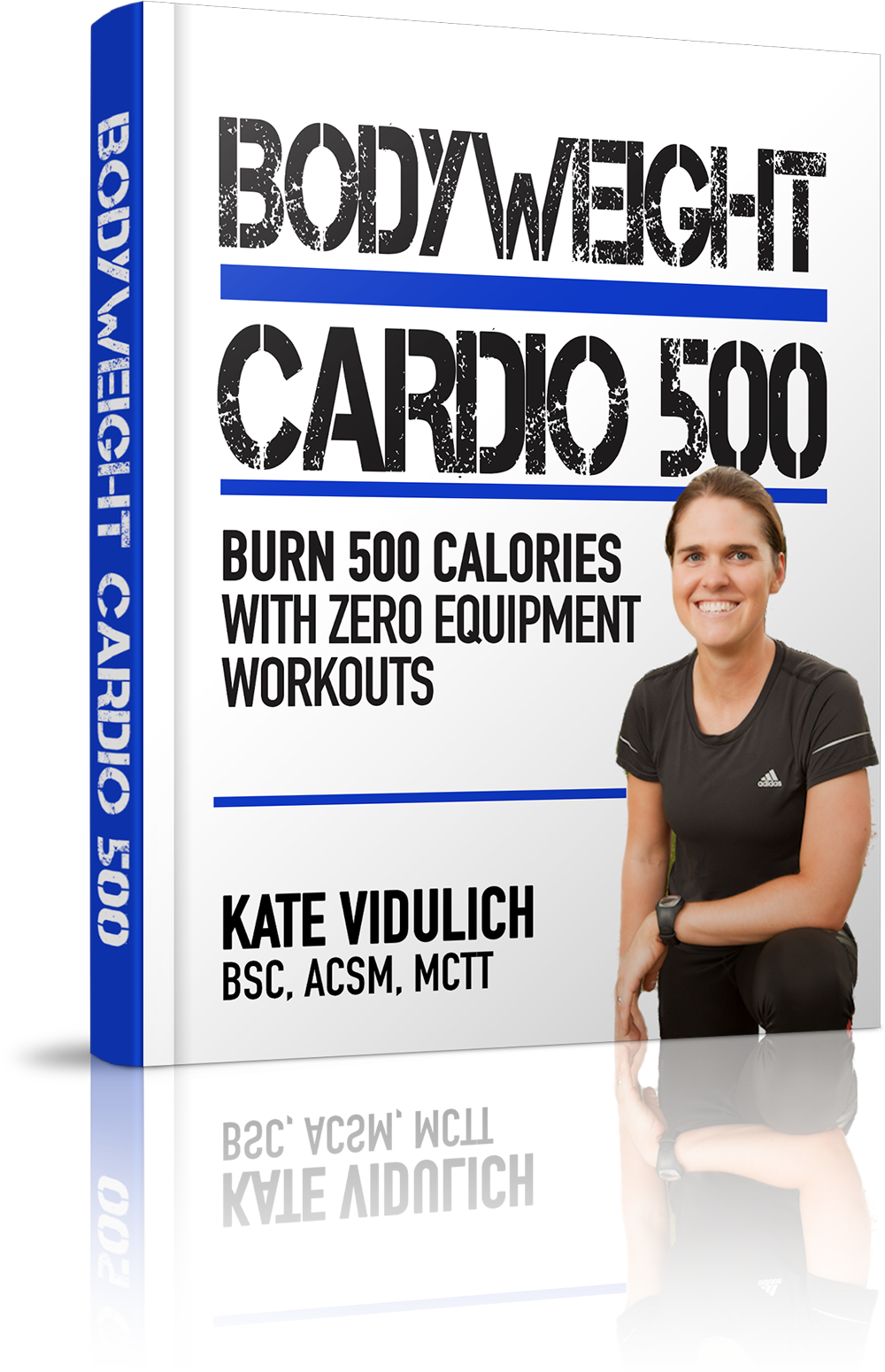Here’s a secret no one is telling you…
If you’re looking for fast results, you also need fast recovery between workouts. Tough, intense workouts cause stress on your body, and will take its toll over time if you don’t have the right recovery strategies in place.
5 Mistakes That Slow Down Recovery
You will slow down your recovery between workouts if you:
1. Avoid stretching, foam rolling and mobility exercises
Yes, I know why you skip stretching.
It’s boring.
Fair enough, I’m guilty of sneaking out early once in a while. But over time, you’re wearing down your body and putting yourself at increased risk of injury.
You need to think of stretching and foam rolling as you would flossing your teeth. Sure it takes extra time, but once you get in the habit, it comes naturally and will remarkably improve your health.
2. Don’t bother to warm up
When you do high intensity workouts, it’s common to wake up feeling tight and sore some days. Mind you, it’s a problem if this happens EVERY single morning.
If you don’t you don’t bother with a warm up, not only do you increase the risk of injury, but you won’t be able to perform and give your maximal effort.
3. Too much boozing
I hate to be a party pooper, but indulging in too many beverages between your workouts will slow your progress. I made this mistake when I lived back in Australia. You see, beer is not the right type of carbohydrate to be refueling your body with post workout. It’s a shame, I know…
The main problem is alcohol promotes inflammation, and between intense workouts, you want to be reducing inflammation as quickly as possible.
You also get dehydrated from the booze. This is a problem the next day when you train and you’re dehydrated before you start your workout…
Add heat and humidity and your chances of tearing a muscle skyrocket.
4. Not drinking enough water
You know water is essential to keep your body hydrated. But how much do you need?
Aim for ½ your bodyweight in ounces of water as a bare minimum.
Coffee, while delicious, has the opposite effect on your body, as does alcohol.
You’re most likely to be dehydrated first thing in the morning. Here’s a quick tip to beat it: Try drinking 1L of water when you wake up (add lemon if you wish).
Remember if you’re hydrated, your muscles are less likely to tear. Yay!
5. Train intensely for over 20 minutes
A high intensity interval session for fat loss should never go over 20 minutes. If you find your interval sessions going over 20 minutes:
A) You need to remember to sprint as hard as you can in the work period, so you can’t do any more
B) Check if your stopwatch is broken
If your workouts are clocking in at over 60 minutes, please stop. You’re interfering with your recovery time and increasing the risk of getting injured.
Unless you’re training for an endurance event or the Olympics, you need to cut your workout time to 30-45 minutes.
How Many Interval Sessions Per Week?
Four interval sessions per week is the max. Pro athletes don’t train more than this, so why should you?
Dynamic Warm Up
Think of the warm up as an investment in your health.
Warming up doesn’t have to be the same moves every single time, or totally bore your brains out. In fact, a quick dynamic warm up is a great way to get your head in the game. In other words, mentally prepare yourself for the torture… ![]()
My warm ups are harder than some people’s entire workouts. New clients often stare back at me gob smacked when I say…
“OK, warm up is done. Let’s get into it.”
They think I’m kidding… Muhahahaha <= insert evil laugh
The best warm up is a combination of bodyweight movements, stretching the “right” muscle groups and mobility exercises. If you’re really tight or just getting back into training, these moves can be tougher than the workout itself.
Over time, my warm up has evolved from 5 minutes walking on the treadmill to a more effective combination of hybrid moves. You get the blood flowing to the muscles, neural pathways activated and increased range of motion so your body is ready to train.
Here’s a quick video that shows you 3 mobility moves you can use to warm up with the TRX.
Do 15-20 reps of each exercise for one circuit. TRX is a great way to make your warm up fun!
How Much Rest Do You Need?
Rest is essential to getting fast fat loss results. In fact, getting enough recovery between your workouts is just as important as consistently training. The exact amount will vary for each individual, so it’s important you listen to your body.
How Many Days Rest Per Week?
I would recommend you take at least one full day off training to rest each week.
Depending on the length of your interval sessions, the time you need to recover will vary. For example, if you’re in good physical condition and your interval sessions are brief (6-10 minutes), you shouldn’t have any trouble recovering.
Make sure you give yourself at least 20-24 hours between workouts. If you train in the evening, try to avoid working out first thing the next morning. By giving yourself the extra time, you should be able to train each day and still get enough recovery.
The best way to stay safe is to listen to your body (not your head). It will tell you if you’re overdoing it. If your energy levels drop and you physically can’t push it, you need to take an extra rest day.
Train hard and stay safe,
KV













3 Replies
Do you have a recommended foam roller?
Hi Caroline,
I recommend using the “The Grid” foam roller from Trigger Point.
Another great one is the Perform Better Elite Molded foam roller, as it doesn’t flatten out or break down like the white rollers.
Hope this helps!
Kate
Thanks!